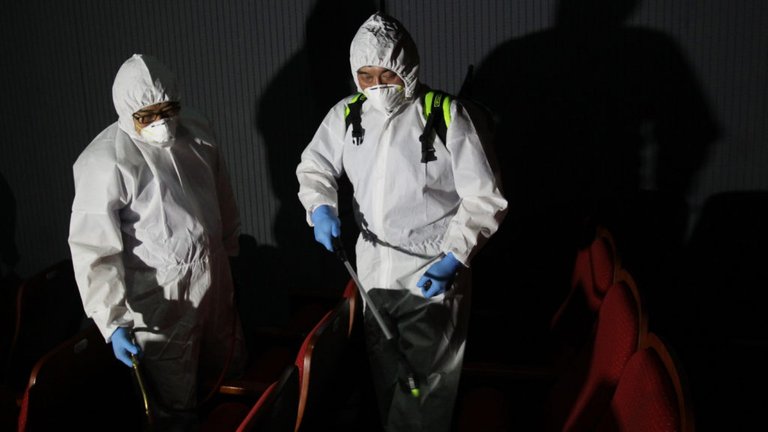Nipah Virus – an introduction
The Nipah virus, a member of the Henipavirus genus of the family Paramyxoviridae, was first identified in 1999 during an outbreak of encephalitis among close contacts of pigs in Malaysia and Singapore. Its name came from a village in Malaysia, where pig farmers fell ill with something called encephalitis (an inflammatory condition affecting the brain usually caused by viruses). It was initially mistaken for Japanese encephalitis
It was subsequently noted that fruit bats and flying foxes of the genus Pteropus were the reservoirs for the virus. (Reservoirs are animal hosts that act as ‘carriers’ for a disease, but they are not affected by it).
In the outbreak noted in 1999, it was reported to have caused a mild disease in pigs, but about 300 cases with 100 deaths in humans were also recorded, a case fatality rate of 33.33% , this resulted in a lot of pig killings that was a huge economic loss in terms of trade for Malaysia. Following this outbreak, there were no other reported cases in either pigs or human beings in Malaysia or Singapore.
Another outbreak in Bangladesh occurred in 2001, although a different strain from the one identified in 1999. And in the same year, another one occurred in India, with reports of transmission between people in a hospital setting.
Since then, outbreaks have occurred almost yearly in Bangladesh and have also been reported several times in India.
How is the pathogen transmitted?

Nipah virus is transmitted following direct contact with either infected bats, pigs or other infected individuals. The possibility that there is usually an initial transmission from bats to pigs, and then humans was considered in the 1999 outbreak. Bat to human transmission has also been reported, an example being when raw date palm sap contaminated with infectious bat excretions is consumed by humans. Human-to-human transmission has also been reported among caregivers of infected individuals
How does it cause disease?
In humans, infection with the disease leads to fever, headache, confusion, disorientation usually following an incubation period of 5 to 14 days. The receptor for most henipaviridae has been identified as the Ephrin B2 – which is said to mediate developmental events in the nervous system as well as in erythropoiesis (development of red blood cells). Also, vomiting, nausea, weakness, problems with swallowing and blurred vision have been reported.
Some of the patients present with seizures, while a good number of them eventually become comatose – usually within 24 – 48 hours, needing mechanical ventilation. In some patients with severe disease, in their comatose state, they may develop hypertension, with a raised heart rate, and very high temperature. There have also been reports of respiratory illness occurring in patients and half of the patients that show neurological signs also show pulmonary signs.
Long term sequelae have also been reported, including relapse encephalitis, which has been treated with Ribavirin (a drug for Lassa fever, a viral haemorrhagic fever caused by Lassa virus) with varying success. Other sequelae including personality changes and persistent convulsions have been reported. Also, reactivation of latent infections in some individuals were also reported.
Diagnosis
Diagnosis can be made during the acute and recovery/convalescent phases using a number of tests. A variety of samples can be used – throat/nasal swabs, urine, Cerebrospinal fluid (fluid that cushions the brain), urine and blood, and the lab attempts to isolate the virus from the samples or does a real-time polymerase chain reaction test (RT-PCR). Antibody detection can be used later. Also, using immunological techniques on tissue obtained from an autopsy can be used to confirm diagnosis.
Treatment
There is no known treatment for Nipah virus. Hospital care is limited to supportive care. Trials have been attempted with Ribavirin, but with inconclusive results. It is also important to abide by universal precautions and proper barrier nursing to prevent nosocomial transmission (transmission from person-to-person in hospital settings). Vaccines are currently in development, but results are also inconclusive at this time
Public Health significance

Nipah virus has been identified as a Biosafety Level 4 Hazard. This is the same level with the smallpox (Variola), the Lassa and Ebola-Marburg viruses.
**some of the information has been adapted from the CDC Nipah virus factsheet